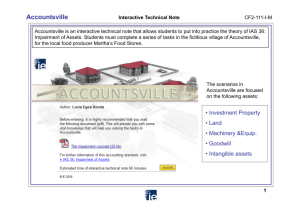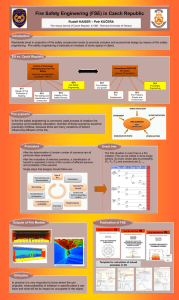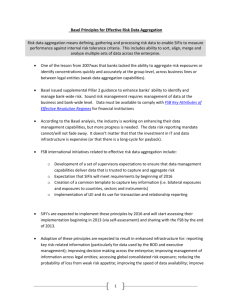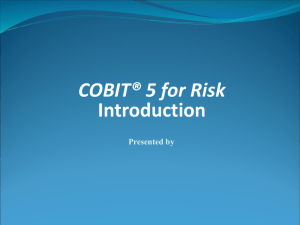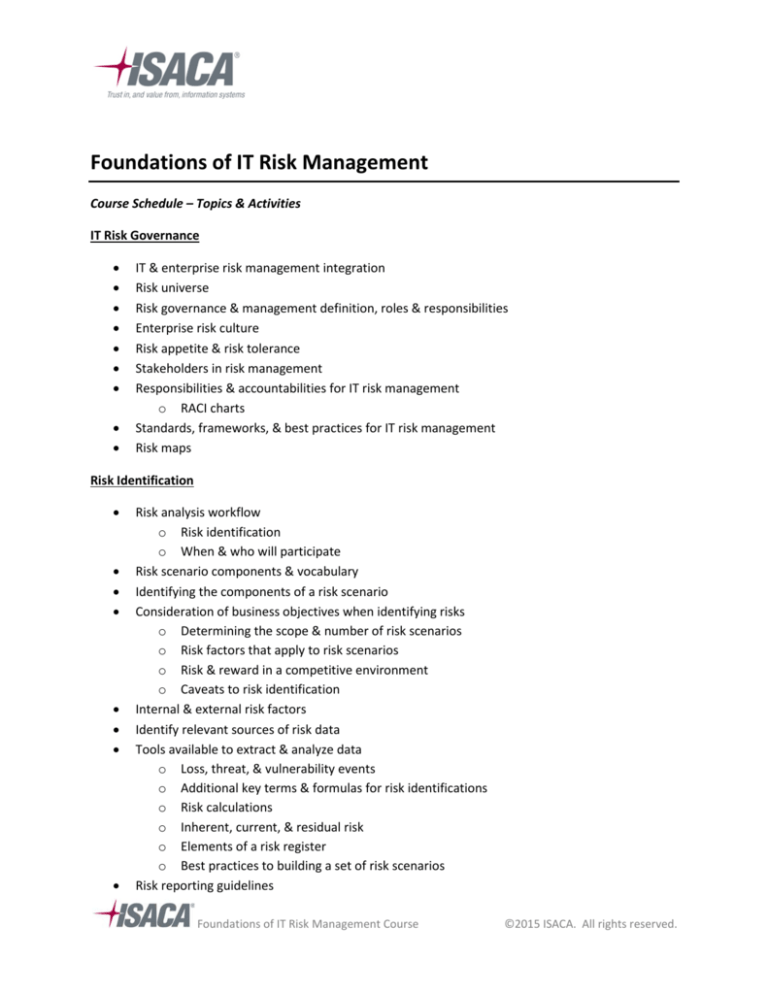
Foundations of IT Risk Management
Course Schedule – Topics & Activities
IT Risk Governance
•
•
•
•
•
•
•
•
•
IT & enterprise risk management integration
Risk universe
Risk governance & management definition, roles & responsibilities
Enterprise risk culture
Risk appetite & risk tolerance
Stakeholders in risk management
Responsibilities & accountabilities for IT risk management
o RACI charts
Standards, frameworks, & best practices for IT risk management
Risk maps
Risk Identification
•
•
•
•
•
•
•
•
Risk analysis workflow
o Risk identification
o When & who will participate
Risk scenario components & vocabulary
Identifying the components of a risk scenario
Consideration of business objectives when identifying risks
o Determining the scope & number of risk scenarios
o Risk factors that apply to risk scenarios
o Risk & reward in a competitive environment
o Caveats to risk identification
Internal & external risk factors
Identify relevant sources of risk data
Tools available to extract & analyze data
o Loss, threat, & vulnerability events
o Additional key terms & formulas for risk identifications
o Risk calculations
o Inherent, current, & residual risk
o Elements of a risk register
o Best practices to building a set of risk scenarios
Risk reporting guidelines
Foundations of IT Risk Management Course
©2015 ISACA. All rights reserved.
•
o Customizing risk reporting
o Risk reporting communication process
o Applying risk aggregation concepts for enhanced risk communication
o Expressing IT risk in business terms
Develop & support risk awareness training tools & techniques
o Relate security concepts to risk assessment
Risk Assessment, Evaluation, & Analysis
•
•
•
•
•
•
•
•
•
•
•
•
•
Key terms “frequency” & “magnitude”
o Risk aggregation, risk analysis, IT risk & risk reduction
Identification of different IT-related business risks
Collecting data on external & internal operating environments
Facets of risk to assist in risk evaluation
Analyzing data to report exposures & opportunities
Value enablers / inhibitors / destructors for risk scenarios
Risk analysis methods
o Quantitative
o Qualitative
o Semi-quantitative
Risk calibration
Tools & techniques for data extraction, aggregation, & analysis
Components of a risk profile
Customizing a risk register template
Components of a risk response plan
Building specific risk scenarios from generic scenarios
Risk Response
•
•
•
•
•
•
•
Risk response key terms
o Avoid
o Mitigate
o Share / transfer
o Accept
o How residual risk relates to inherent risk & risk appetite
Leading practices for risk response
Effective risk reporting to enable informed business decisions
Cost / benefit analysis in evaluating risk response
List various parameters for risk response selection
Exception management & its relation to risk management
Business case to support project management of IT risk response
Foundations of IT Risk Management Course
©2015 ISACA. All rights reserved.
•
Key sections of a risk response plan
Risk Monitoring
•
•
•
•
•
•
•
•
•
•
•
How risk monitoring enables the risk management process over time
Principles of risk ownership
Standards, frameworks, & best practices related to risk monitoring
Differentiate between key risk indicators (KRIs) & key performance indicators (KPIs)
Evaluate performance & risk levels
Apply concepts of effective reporting to ensure value-added risk monitoring
Common risk & compliance reporting requirements, tools, & techniques
Common risk reporting communication flows
Risk assessment methodologies
Data extraction, aggregation, & analysis tools & techniques
Sources of information for the risk monitoring process
*Topics and activities may vary by class and instructor.
Foundations of IT Risk Management Course
©2015 ISACA. All rights reserved.






